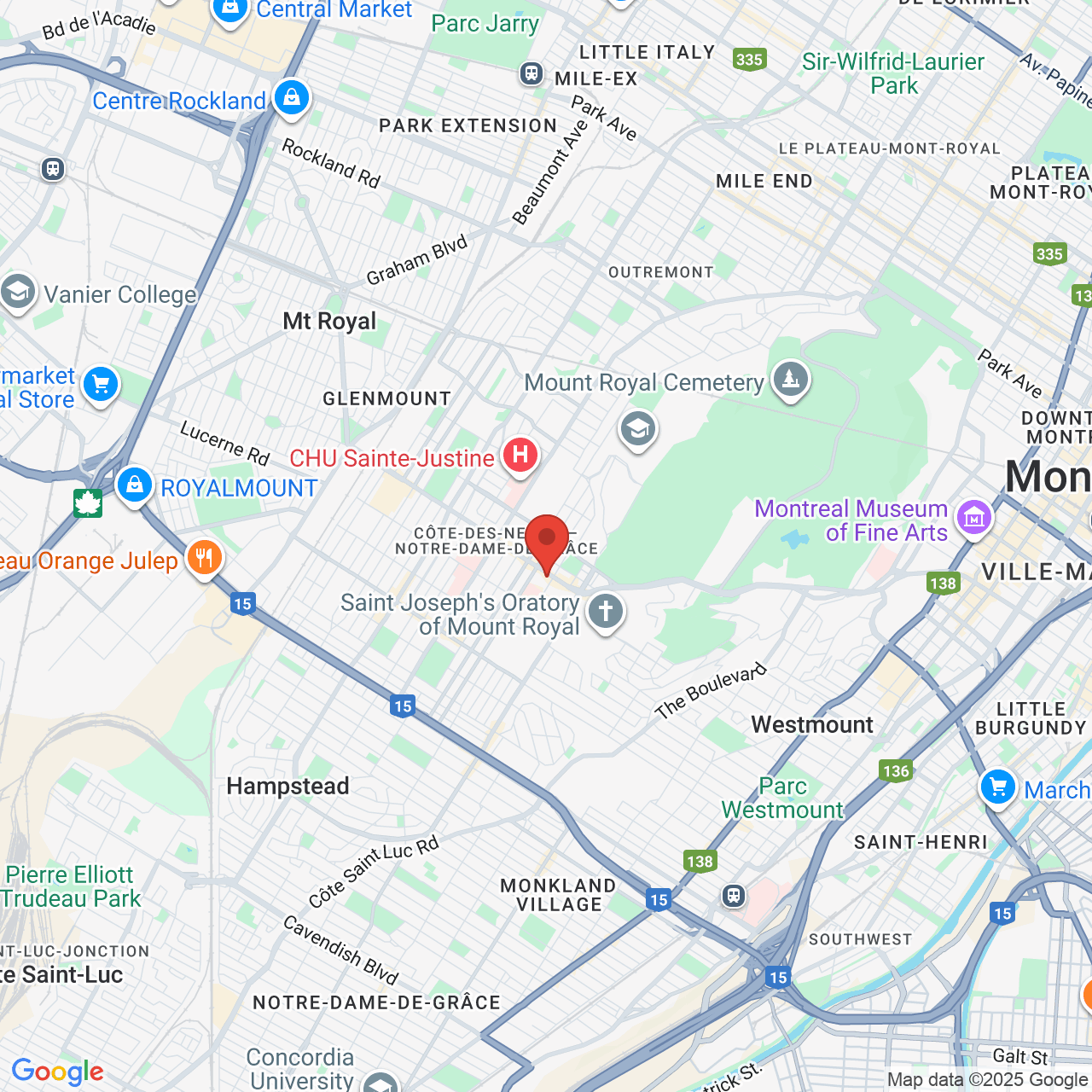Traditional vs. Implant-supported Dental Bridges
 Tooth loss affects millions of Americans, and it can result in shifting, tooth mobility, and further tooth loss. Those who are missing a row of teeth can benefit from dental bridge treatment at our Montreal, QC practice.
Tooth loss affects millions of Americans, and it can result in shifting, tooth mobility, and further tooth loss. Those who are missing a row of teeth can benefit from dental bridge treatment at our Montreal, QC practice.
Here, our team explores traditional vs. implant-supported dental bridges, and discusses the benefits and disadvantages of both treatment options so patients can be well-informed.
Anatomy of a Traditional Dental Bridge
A dental bridge is a restoration that consists of artificial teeth (pontics) connected to dental crowns on both sides. When the crowns are bonded to the natural adjacent teeth, the pontics fill in the space between them, completing the smile.
Modern dental bridges have been used for decades, and can be fabricated from a wide range of materials, depending on the unique needs and preferences of the patient. The most common materials are ceramic, zirconia, and porcelain-fused-to-metal (PFM).
Traditional Dental Bridge Pros
Conventional dental bridges are an optimal teeth replacement option for those who do not qualify for oral surgery. Further, treatment can be completed fairly quickly. In most cases, the entire process takes just two to three weeks, from the first visit to the placement of the final bridge.
Traditional Dental Bridge Cons
In order to place a traditional dental bridge, some natural tooth structure is removed. Though this is minimal, it can still increase the risk for future problems. Additionally, it is important to note that conventional bridges have a lifespan of about five to 15 years, so they will need to be replaced eventually.
Anatomy of an Implant-supported Dental Bridge
In terms of design, an implant-supported bridge is similar to its traditional counterpart. The major difference is that an implant-supported bridge rests on dental implants instead of natural teeth.
After implants have been surgically placed within the jawbone, three to six months of healing is required. Once this is complete, a custom dental bridge can be connected to the implant.
Implant-supported Bridge Pros
Unlike traditional bridges, implant-supported restorations do not require the alteration of natural tooth structure. As a result, patients who choose implant-supported bridges can reduce the risk of future issues and preserve their overall oral health.
Implant-supported Bridge Cons
Placement of an implant-supported bridge requires oral surgery, which some patients may wish to avoid. In addition, the total treatment timeline is longer, due to the healing required after the initial implant placement.
While a conventional bridge can be placed in a matter of weeks, implant-supported bridges often take several months from start to finish. However, most patients agree that the freedom and aesthetics offered by implant-supported restorations are well worth the wait.
Contact Montreal Smiles Today
Does tooth loss keep you from smiling and decrease your quality of life? At our practice, we offer a wide range of restorative treatments to bring function and health back to your smile.
To learn more about dental bridges, or any of the other services provided at Montreal Smiles, contact us online or call us at (514) 733-3933.


